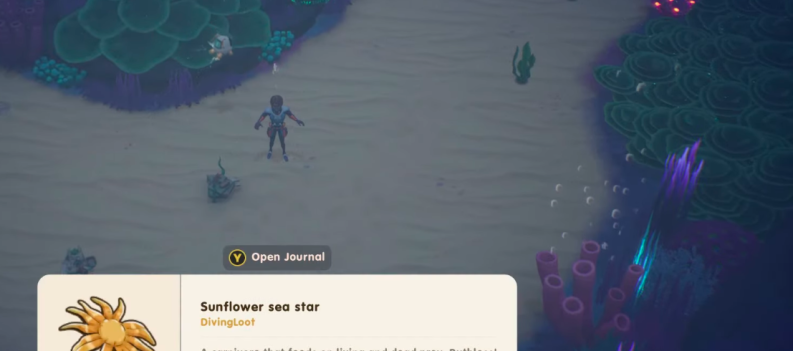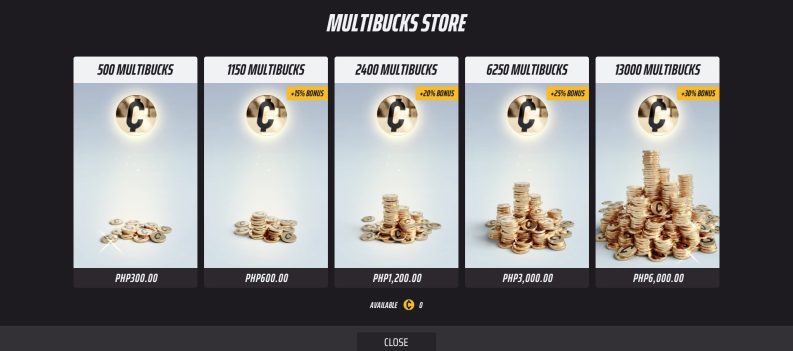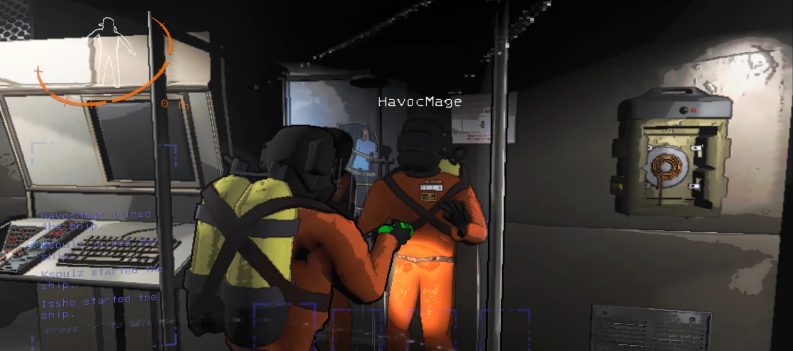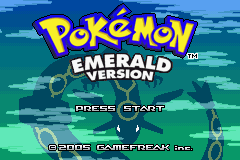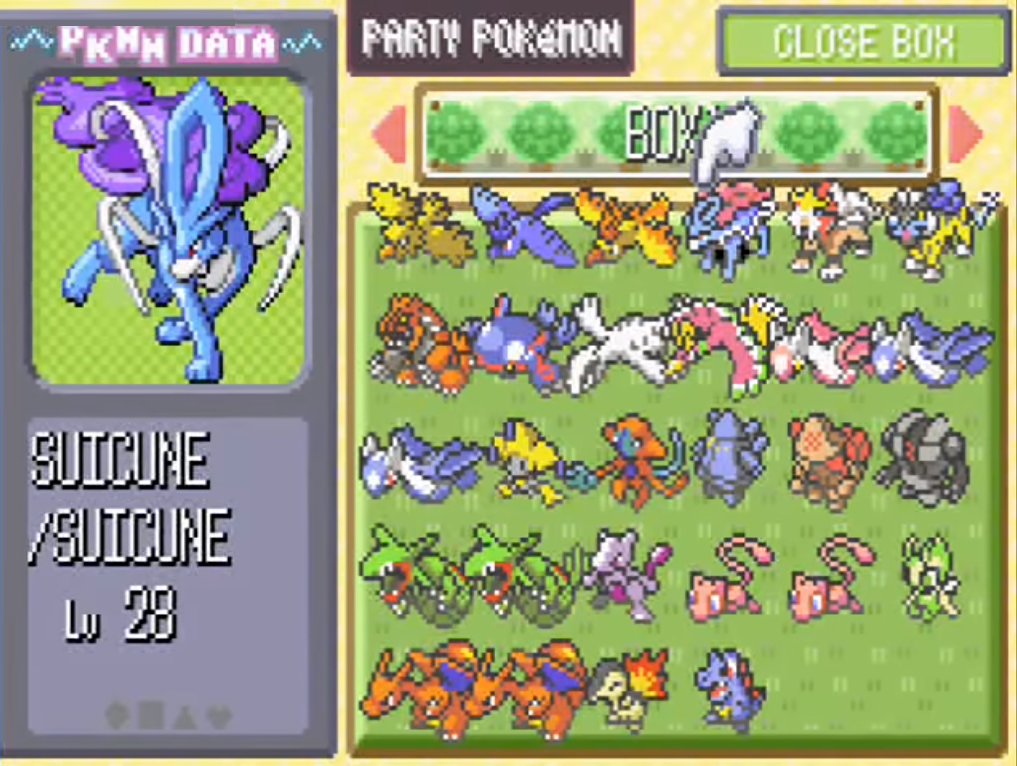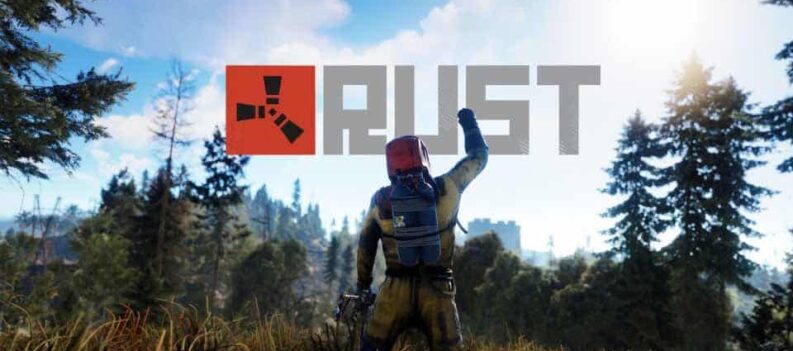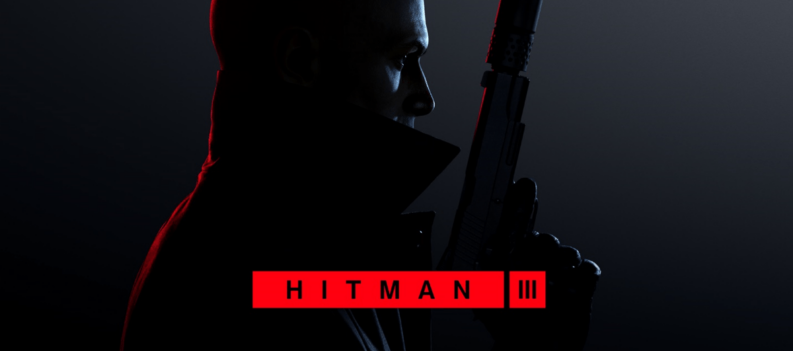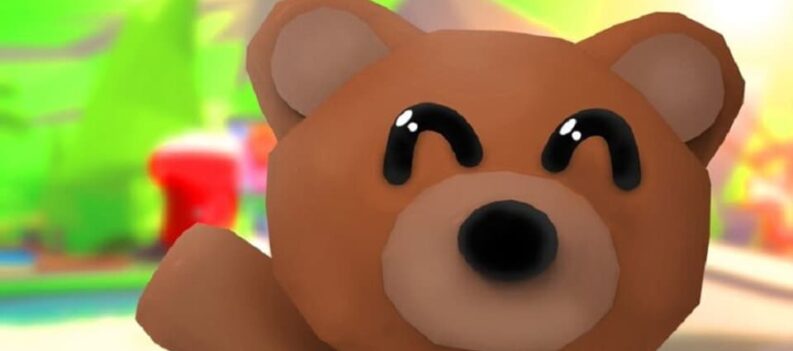Red Hook Studios’ procedurally generated, turn-based, dungeon crawler; Darkest Dungeon, released for PC at the start of 2016. After a slight delay from its originally planned release, the game is now available for PS4 and Vita. Our reviewer has spent several blood-soaked weeks mapping out the halls of his ancestor’s lineage, enduring the stress, and fighting off the eldritch horrors of the titular dungeon to bring you the Pure PlayStation review. Was his descent into madness worth the trip?
After my time with Darkest Dungeon, I sit here conflicted. On the one hand, Red Hook’s RPG is one of the most compelling games I have ever played. The desire to go back and have one more round is with me even now. On the other, if the game was a physical disc it would be lying in tiny pieces on the curb outside after a brutal and vicious stomping. At its best, the game is a deeply strategic RPG, with nuanced character classes, a highly original tone and style, and an intriguing hook in the way it uses stress and illness to highlight the vulnerability of its characters. At its worst, the game is a relentless beating with RNG mechanics so random that a healthy party can be wiped out with a couple of turn’s bad luck. Add to this some stability issues with this port of the PC original and you might be able to see why I come away from this experience as frustrated as I am satisfied. Join me below as I try and explain this rather confusing opinion in more depth.
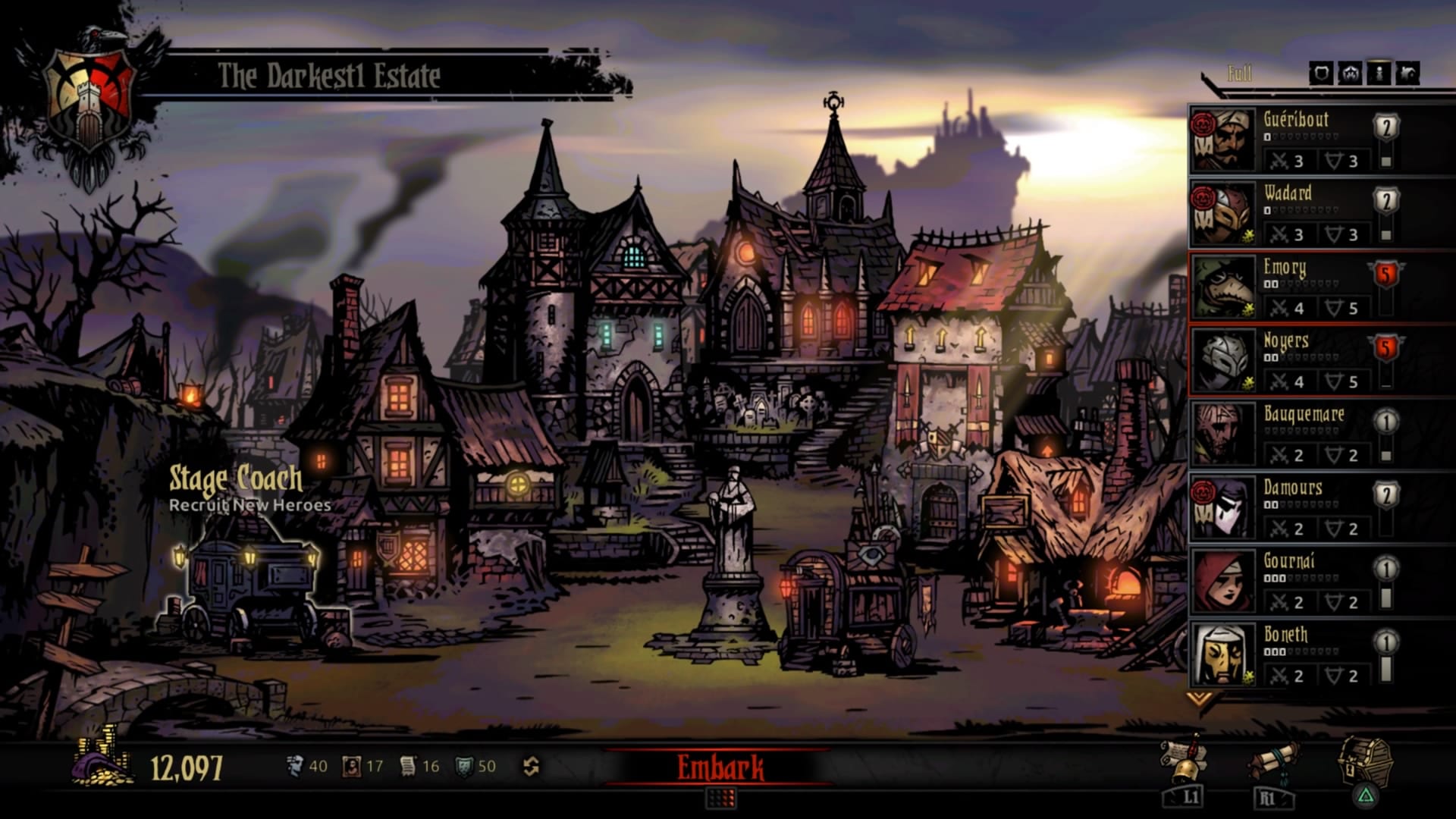
I found the plot of Darkest Dungeon to be one of the most interesting aspects of the game. The premise is that you have inherited a cursed estate from your ancestor, his suicide note explaining that his ambition drove him to uncover some unnamed horrors beneath the estate. He tasks you, his descendant, with ridding the mansion and your family of the curse he brought upon it. I won’t spoil anything that happens later in the story, which is slowly revealed as you fight bosses and explore the titular dungeon, but rest assured his ghoulish tales of greed, torture, necromancy, and murder continue to delight and disgust throughout. This is helped by some fantastic narration from Wayne June. The tone is very much that of a Victorian, or gothic, horror novel and is very reminiscent of the work of H.P. Lovecraft. Lovecraft’s writing was clearly an inspiration for the developers, (they have said as much themselves,) and the visual design of several enemies is influenced by that broad work of fictions as much as the story. That said, it’s a good job the story is compelling, because that is virtually the only reward your actions will bring you.
The gameplay takes place in procedurally generated dungeons with a varying number of rooms interconnected by corridors. The enemies you will encounter, items you will find, and objective locations are randomised each time a quest is begun, as are the layouts of the rooms. You form a party of four adventurers from a wide variety of character classes, fifteen in total, and guide them through these dungeons in a mixture of real time movement and turn-based combat. The sheer variety of character classes and the fact that most classes can be used in more than one role means that there is a massive amount of tactical variety available to the player. There are no restrictions on your mix of characters either (except in the case of certain characters who refuse to adventure with each other) so if you want to stack a bunch of healers with a tank, you can – though this is not as good an idea as it sounds. The position of your characters in the party also matters, with ranged attackers needing back row slots and close range fighters needing to stay at the front, adding another layer of strategy to party composition.
You don’t just have to worry about your adventurers health in these dungeon crawls, each character also has a ‘stress’ meter. Once stress increases beyond a certain point your character will become ‘afflicted’ – a mechanic in which they will either develop a condition such as paranoia, among others, or become ‘heroic,’ granting various kinds of boost instead. Given the nature of the game, the latter outcome is much less likely. Afflictions can seriously hamper your ability to fight effectively, with characters skipping turns or refusing healing. Heroic status is beneficial in equal amounts, however, as the hero will buff and de-stress others. There is a big focus on your character’s welfare in Darkest Dungeon, though not in the way you may expect. As well as stress and afflictions, your characters can become diseased and develop personality quirks either positive or negative. The thing is, curing particularly bothersome characters can be very costly and you’ll often be better served to be ruthless and get rid of them completely. The developers fully intended this, and you can constantly recruit new characters, up to the limit of your roster, and send home those who are beyond saving.
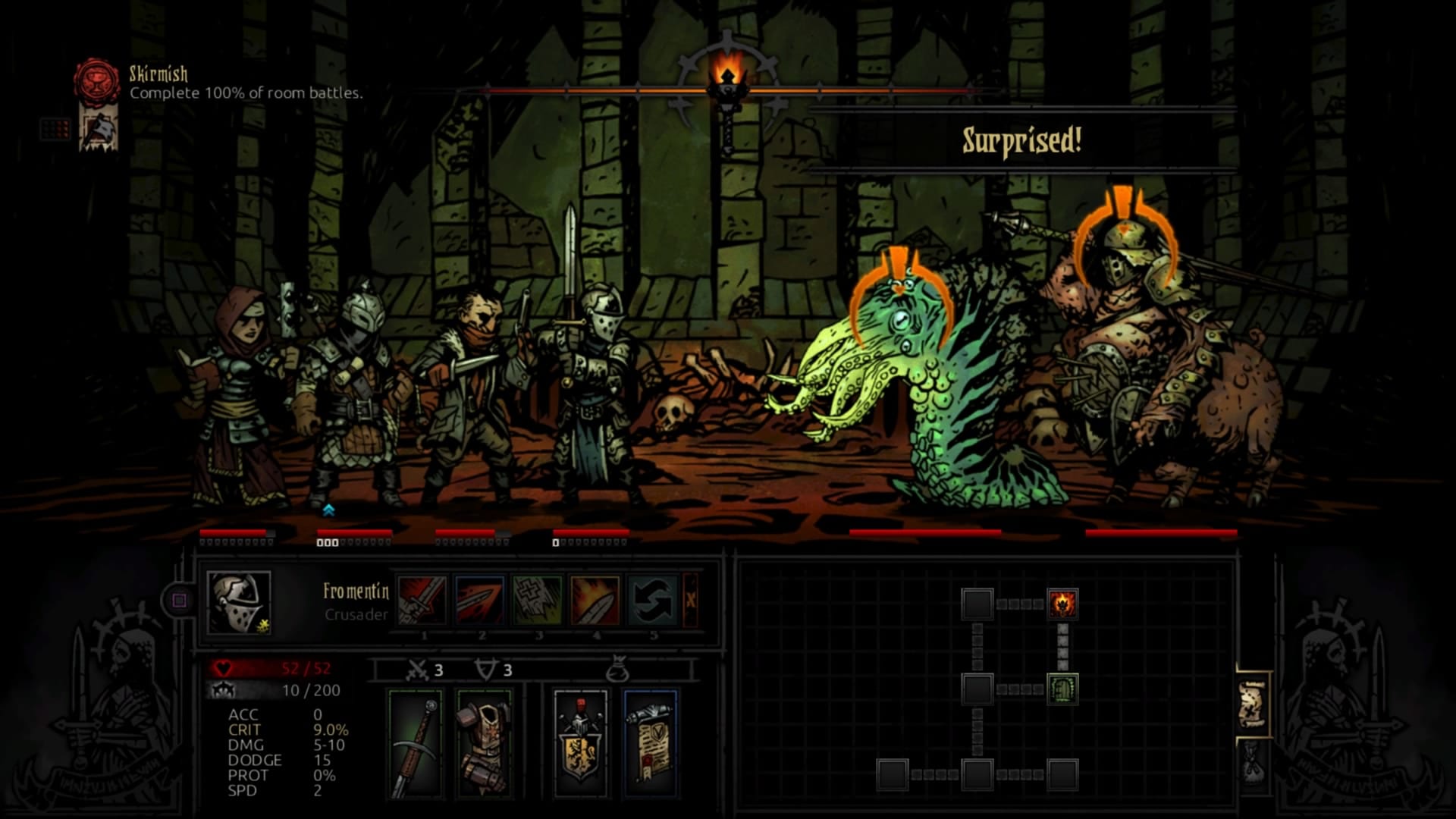
A character’s life is not precious in this game, if you have a habit of getting overly attached to your sprites or if permadeath is your idea of torture then I would advise caution. Characters lost in dungeons are gone for good, and given the amount of things that can go wrong in missions as well as the host of afflictions your characters can suffer, you won’t be holding on to anyone for long unless you work at it. Retreating from a bad situation or sacrificing one character to save others is not only a valid tactic but a common one. Make no mistake, the difficulty level of this game is brutal and unforgiving. There are certain settings that allow you to tone down certain aspects of the more punishing mechanics, such as retreats being able to fail, but there is no actual difficulty setting in the game. Instead, quests are colour-coded either green, orange, or red to denote difficulty level. These are tied to your character’s progression, however, so you can’t take a group of top-level heroes on a walk in the park, easy green mission. Speaking of progression, your heroes level up from 0-6 as they adventure which grants them access to upgraded abilities, armor, and weapons – provided you have the necessarily upgraded buildings in your hamlet and the cash to pay for them.
The hamlet itself is your base of operations, it’s where you will recruit new characters, cure your existing characters, purchase abilities and more. Your ability to do this is governed by how many resources you have invested in each separate building. As you quest you will pick up various ‘heirlooms’ which serve as your upgrade currency, handily separating this upgrading from your limited gold budget. The town, quite pleasingly, changes in appearance as you upgrade each building. Each structure is repaired and restored from the ramshackle ruins you originally find, giving a nice sense of progression in the vast amount of time you’ll be spending there. This brings me on to the point of all this adventuring. You are essentially completing each quest in the four ‘side areas’ of the game to progress your characters and town to the point where you can take on the missions of the Darkest Dungeon itself, which advance the main story line and face you off against a boss or mini boss in each. This takes some time and you’ll take on various other bosses on the way once you’ve completed enough missions in each area to unlock them.
There are two bosses to each side area and three incarnations of each – getting progressively harder adhering to the colour-coding system. As well as the bosses of the Darkest Dungeon, these encounters represent the greatest challenges in the game and each requires good party composition and some smart tactics to overcome. Even with good tactics, these bosses are fully capable of wiping out your entire party if you get some bad luck in the fight. They are well-crafted encounters and each boss is suitably different in both visual design and attack patterns. Each one has a story behind it too, which is told in parts by the narrator as you take on each increasingly difficult version. It felt like an achievement to take down one of these formidable foes but I also felt that, to a certain extent, success or failure was out of my hands. The nature of the game’s random mechanics that govern damage, dodging, critical hits, and so on, mean that you need luck to go your way as well as sound tactics to come out on top in these fights. Personally, I found this more and more frustrating as the game went on. The relentless difficulty can sometimes feel like padding as you slowly build up your characters and resources.
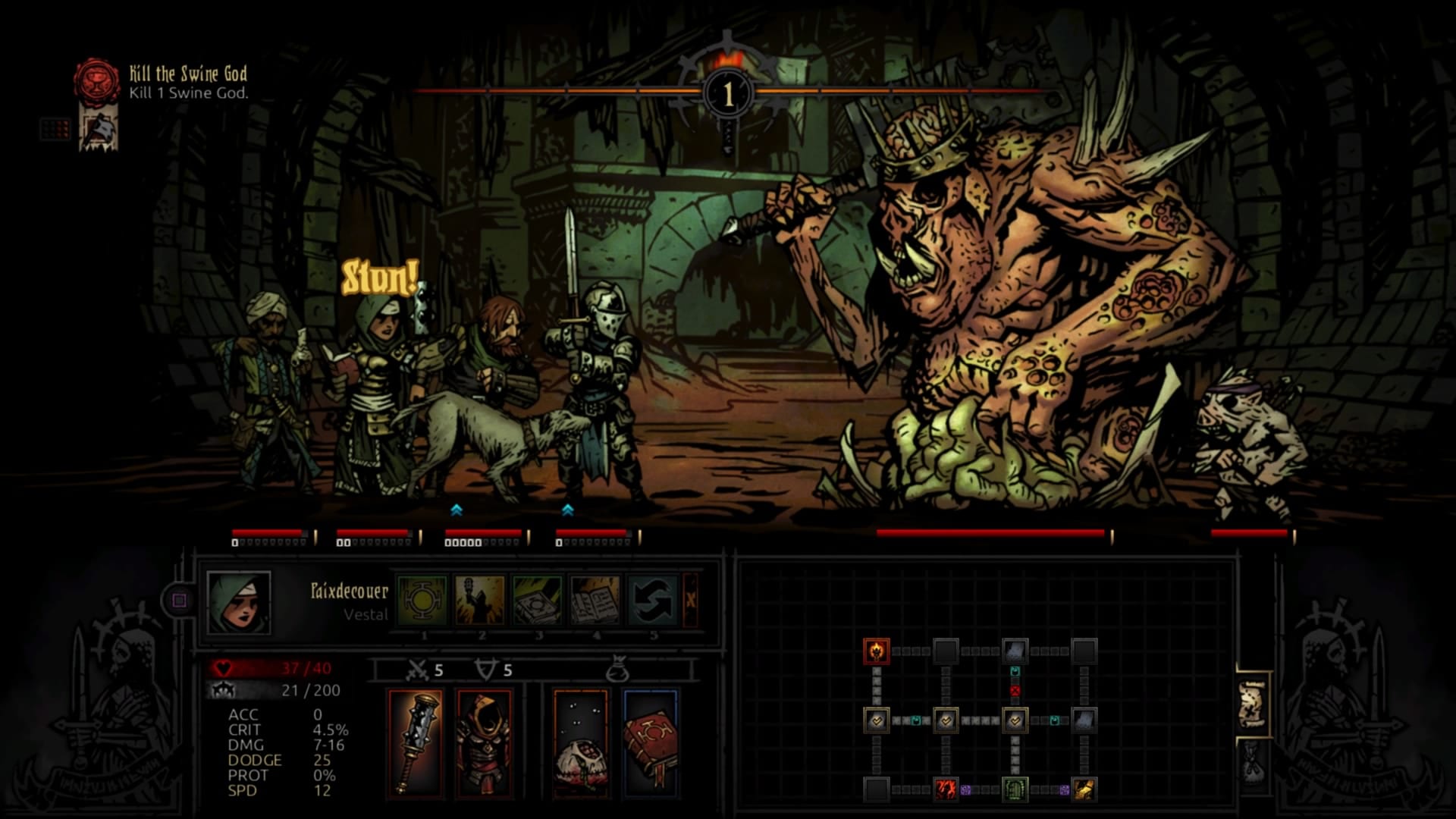
I have nothing but praise for the art style of the game, it’s obviously no graphical powerhouse but the hand drawn characters and environments are full of personality and the overall tone is consistent throughout – everything in the game feels like it belongs there. This may feel a little repetitious by the end of the game, given that the procedurally-generated environments draw from a set pool of designs, but I myself was so enraptured by the comic-book style that I never grew tired of seeing my heroes up-close as they attack, go mad, or take big hits. Sound design and music are good too. The sound effects in combat add to the visceral nature of the game, crunching blows, squealing enemies and raving lunatics all feel thematically appropriate and the music both in combat and at rest really adds to the emotional impact of each situation. There are currently a couple of technical hitches on the PS4 version of the game. I had several crashes to the home screen (more than five) while playing though, oddly, none of these occurred in missions. All the crashes I had came from an apparent glitch on the character select screen, which is hopefully something the developer can patch out in due course. There are also some hiccups with the voice-over where lines will skip or repeat while a level is loading. Having said that, I found nothing that actually interfered with gameplay.
I have rarely felt such tangible stress, anxiety, and tension, as I felt while playing Darkest Dungeon. Developer Red Hook Studios set out to create a real sense of danger and highlight the toll that battling unspeakable horrors and watching comrades die would take on the oft-disregarded psyche of you average fantasy hero. In this regard, they succeeded in no uncertain terms. If you’re anything like me, you will feel your character’s pain and go through pretty much the same level of stress yourself. This, unfortunately, leads me to the main problem I had with the game; I ended up feeling frustrated and stressed out equally as much as I found myself enjoying the gameplay. This is a bit of an issue for me, I don’t play games to invest hours of my time and come away with nothing but a stress-headache. I fully admit that this is mainly due to my personal dislike for overly random mechanics – I don’t tend to like it when I come away feeling like, no matter what I do, the outcome is ultimately decided by a dice roll. If this is your thing, you’ll probably find yourself enjoying the game significantly more than I did. Also, if you have a slightly masochistic streak then Darkest Dungeon is a great way to get your rocks off.
Darkest Dungeon is available now for PS4 and PS Vita as a direct download from the PlayStation Store. Hop down to the comments section and give us your thoughts or a user review while we cart off our former reviewer Dom O’Leary to the sanitorium and replace him with one fresh off the stagecoach.
Review: Darkest Dungeon - PS4
-
Overall - Very Good - 7.5/107.5/10
Summary
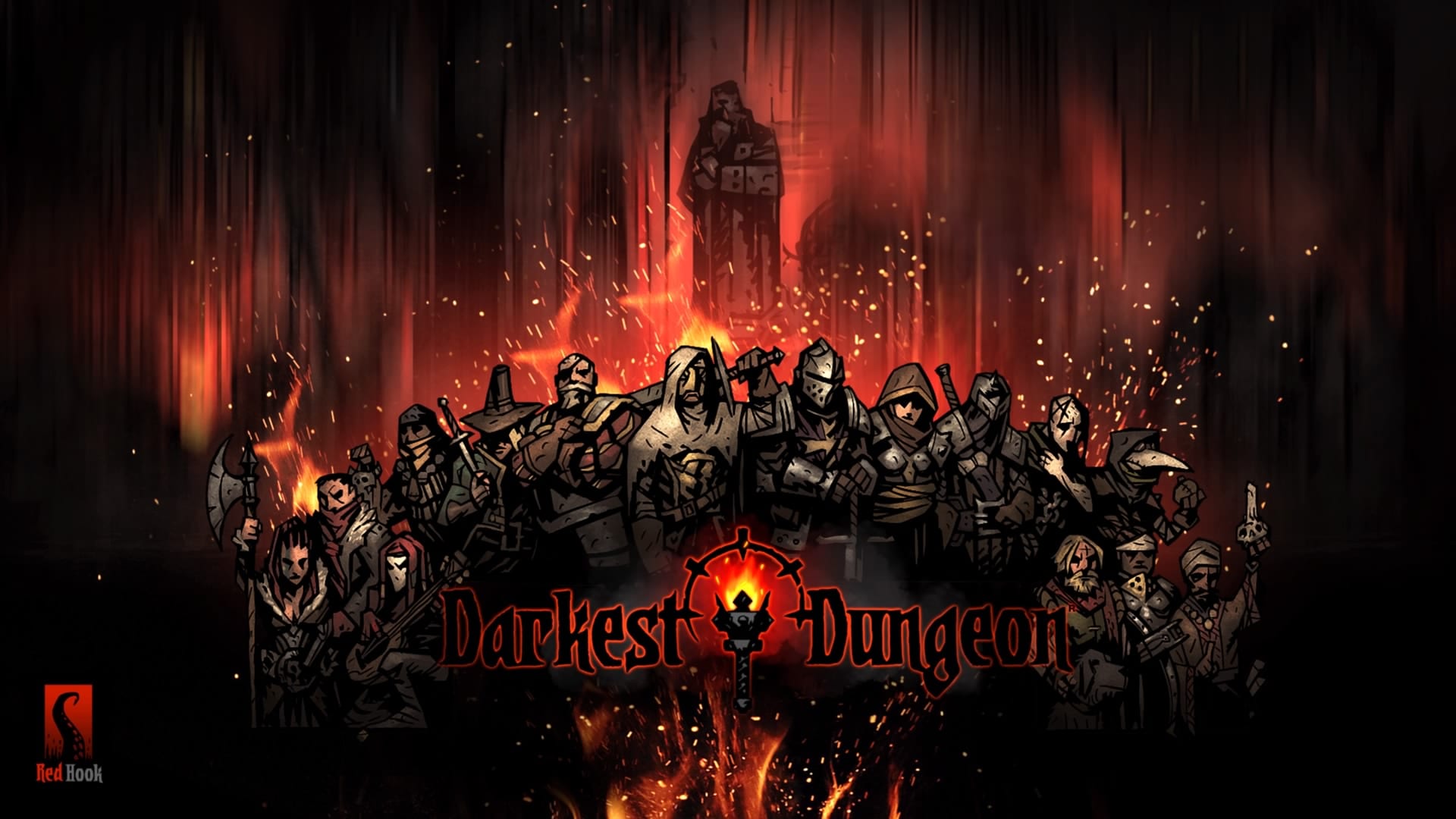
If permadeath doesn’t bother you and random mechanics don’t drive you insane then Darkest Dungeon is a deeply well-crafted game that I would definitely recommend you to at least try. If I was assessing this game based purely on originality I would be giving it full marks, its nuanced character designs may be heavily borrowed from tabletop games and the story may take all its cues from gothic horror but the game will redefine how you think about success, as well as how you regard your characters. You shouldn’t go in expecting a frank and honest representation of mental illness, that’s not what it’s about, but the inclusion of these aspects of your heroes will make you think about tactics in a completely different way to any other turn-based RPG you could care to name.
User Review
( votes)Disclaimer: This review was carried out using a digital copy of the game provided by the publisher. This has no effect on the content of the review or the overall score. For more information, please see our review policy.

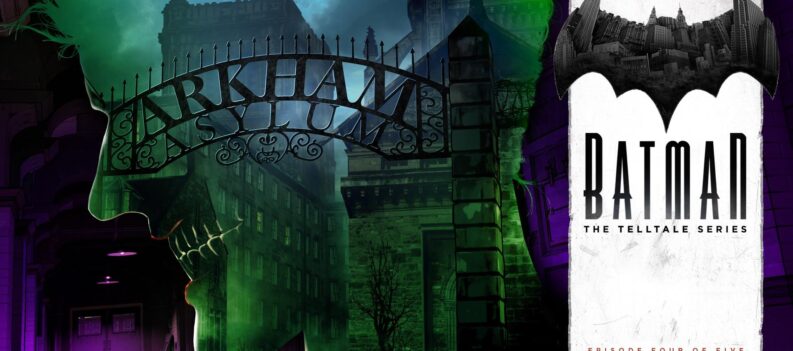
 More Playstation 4
More Playstation 4